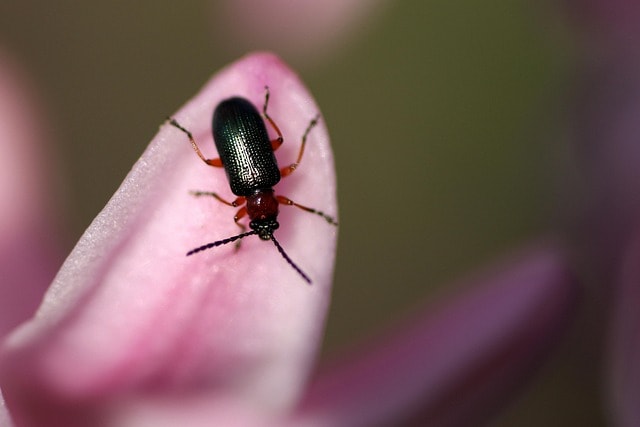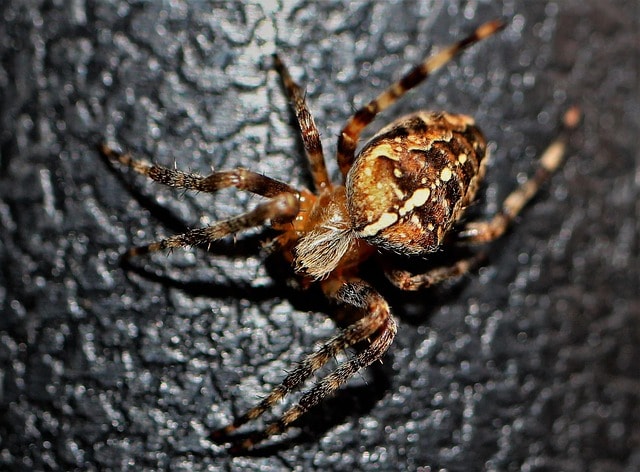Pest Control and Keeping Your Home Safe from Unwanted Guests
Pest control is essential to home maintenance; it ensures a safe and hygienic environment. From rodents to insects, pests can pose significant health risks and damage property if left unchecked. Effective pest control methods include preventive measures such as sealing entry points, maintaining cleanliness, and using safe pesticides when necessary. Additionally, professional pest control services can help manage infestations efficiently. These services often include re-servicing at no additional cost if pests persist. Reliable pest control service is crucial in maintaining a pest-free home.

Understanding Pest Control
What is Pest Control?
Pest control is the regulation or management of species defined as pests, including animals, plants, or fungi, that negatively impact human activities or the environment. The approach to pest control varies based on the severity of the damage caused by the pests. It can range from simple tolerance and deterrence to more aggressive management and eradication efforts. Effective pest control measures are often part of an integrated pest management strategy, combining various methods to achieve the best results. Whether dealing with insects, rodents, or other pests, the goal is to minimize their impact on human health and property.

Common Pests
Common pests that invade homes and properties include rodents, birds, insects, and other organisms that thrive in human habitats. These pests can contaminate food, damage structural timbers, chew through fabrics, and infest stored dry goods. Some pests, like rodents and insects, can cause significant economic losses, spread diseases, or even create fire hazards by gnawing on electrical wires. Understanding the habits and behaviors of these common pests is crucial for developing targeted pest control plans. Homeowners can implement effective strategies to control and prevent infestations by identifying the specific pest and its patterns.
Exterminator Pests: When to Call a Professional
Dealing with a pest infestation can be challenging; in some cases, professional exterminators are the best solution. Regular pest control treatment ensures long-term pest control and prevents future infestations. A standard treatment is often sufficient for low to moderate infestations, with follow-up services available. Exterminators have the expertise, tools, and safe pesticide options to eliminate pests effectively. Common signs that you may need professional help include persistent pest sightings, property damage, and health concerns. Hiring an experienced exterminator can ensure long-term pest control and prevent future infestations, whether termites, rodents, or bed bugs.
Home Extermination: Safe and Effective Pest Management
Home extermination involves using various pest control strategies to eliminate unwanted pests from your living space. Methods range from DIY solutions such as traps and natural repellents to professional treatments using insecticides and fumigation. DIY pest control solutions can be effective and budget-friendly for managing pest issues. It’s important to choose the right extermination approach based on the severity of the infestation. Timely pest control treatments following initial applications are crucial to prevent re-infestations. Maintaining proper sanitation and sealing entry points can also prevent pests from returning.
Pests Protect: Understanding Natural Pest Control Methods
While some pests are harmful, others play a beneficial role in maintaining ecological balance. Natural pest control methods, such as introducing predator species or using organic repellents, can help manage pest populations without harming the environment. For instance, ladybugs help control aphid populations in gardens, while certain plants repel insects naturally. Using eco-friendly pest control methods, homeowners can keep pests at bay while protecting biodiversity.
Pest Killers: Choosing the Right Pest Control Products
With numerous pest control products available, selecting the right pest killer is crucial for effective pest management. Insect baits are an effective tool for treating and preventing infestations. Chemical-based pesticides, natural repellents, and mechanical traps are common options. Consider safety, effectiveness, and environmental impact factors when choosing a pest killer. Opting for eco-friendly or non-toxic solutions can minimize health risks while eliminating pests.
Termite Control: Specialized Strategies for Termite Infestations
Termite control requires specialized strategies to manage and prevent infestations effectively. Termites are social insects that live in colonies and feed on wood and other cellulose-based materials. If left unchecked, they can cause significant damage to homes and buildings. Effective termite control measures include using bait stations, soil treatments, and whole-house treatments. Identifying the type of termite and understanding its habits are essential steps in developing a successful termite control plan. By employing these specialized strategies, homeowners can protect their properties from the extensive damage that termites can cause.
Pest Treatment: Steps to Get Rid of Infestations
Effective pest treatment involves identifying the pest type, assessing the infestation’s severity, and applying appropriate control measures. Some pest control methods, like freezing, require long periods to eliminate pests. Treatments may include chemical sprays, bait stations, fumigation, or heat treatments, depending on the pest type. Regular follow-ups and preventive measures help ensure that pests do not return. Seeking professional assistance for severe infestations is always recommended.
Pest Trappers: How They Work and When to Use Them
Pest trappers are useful tools for capturing and eliminating unwanted pests without chemicals. Common types of traps include glue, snap, and live catch traps. These are particularly effective for rodents, insects, and small animals. Placing traps in strategic locations and checking them regularly can help control pest populations efficiently. Traps are an excellent alternative for those who prefer non-toxic pest control methods.
Pest Fumigation: When and Why It’s Necessary
Fumigation is a powerful pest control technique for severe infestations, particularly termites, bed bugs, and stored product pests. It involves sealing the affected area and releasing fumigants to eliminate pests. While highly effective, fumigation requires professional handling and temporary evacuation of the premises. It is often recommended for large-scale infestations where other pest control methods have failed.
Long-Term Pest Control Solutions
Long-term pest control solutions involve a comprehensive approach to managing and preventing pest infestations. This includes identifying and addressing the root causes of pest problems, such as food and water sources, shelter, and entry points. Implementing long-term solutions often involves using integrated pest management (IPM) strategies, which combine physical, cultural, biological, and chemical controls to manage pest populations. By focusing on sustainable and effective methods, homeowners can achieve lasting pest control and reduce the likelihood of future infestations.
Integrated Pest Management (IPM)
Integrated Pest Management (IPM) is a holistic approach to managing pest populations that combines physical, cultural, biological, and chemical controls. IPM involves identifying the pest problem, assessing the risks and benefits of different control methods, and selecting the most effective and environmentally friendly solution. This approach also includes monitoring and evaluating the effectiveness of pest control measures and making adjustments as needed. Using IPM strategies, homeowners and businesses can reduce the risk of pest infestations and minimize the use of pesticides, promoting a healthier and more sustainable environment.
